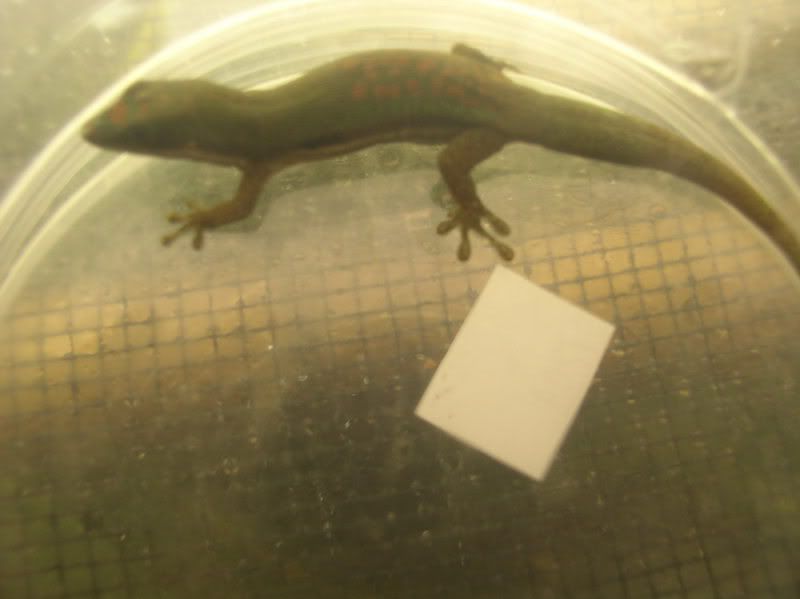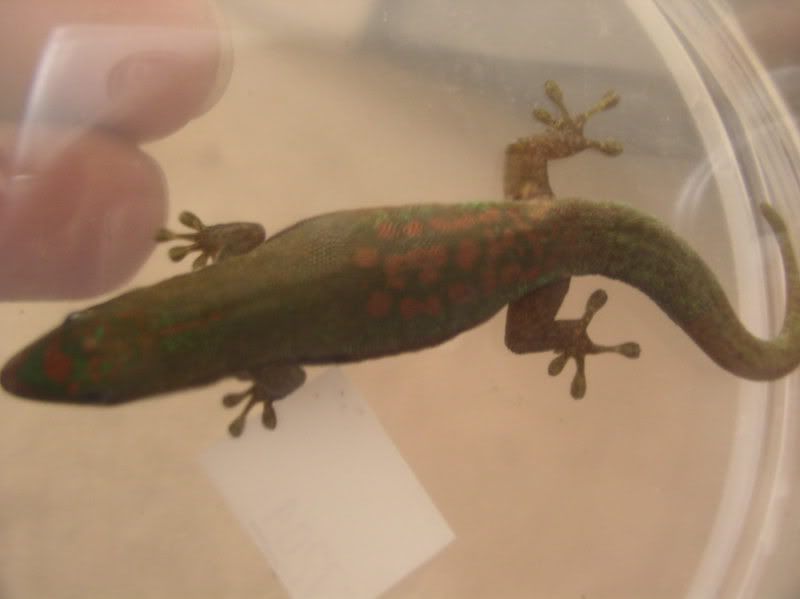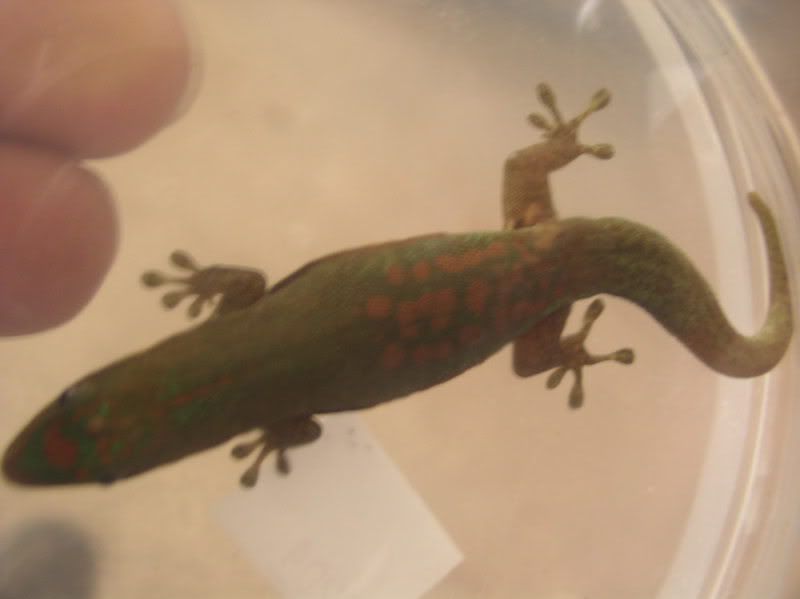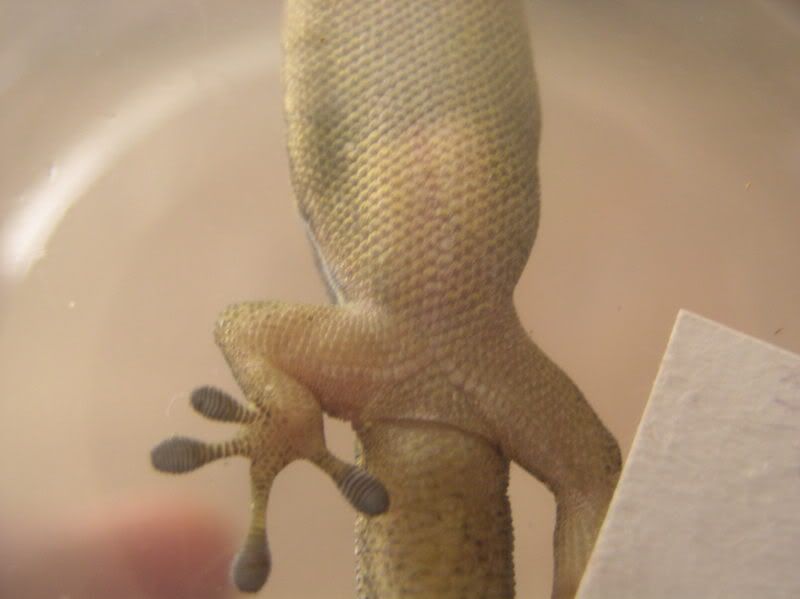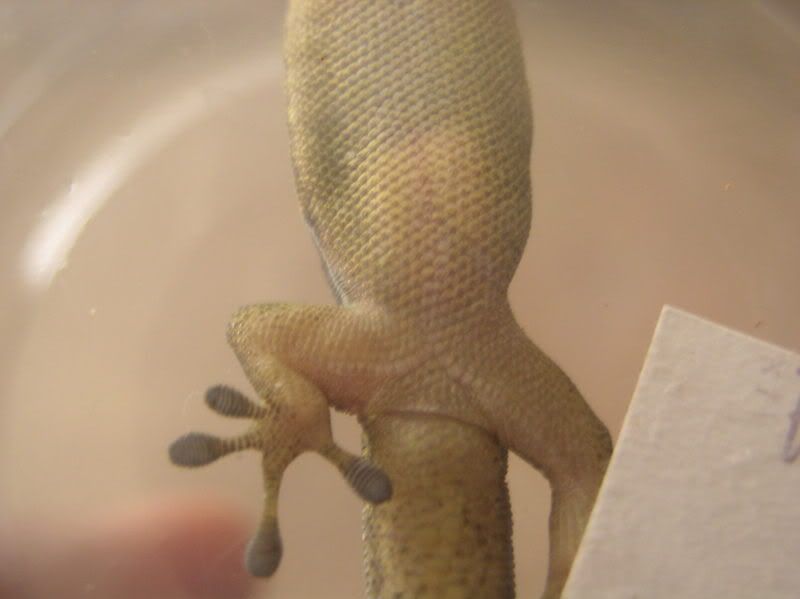Joe has a point here about subspecies, but I don't agree wholeheartedly. Certain species are designated as subspecies namely because of two reasons: the person that discovered them designated them so and there is actually a close relation between them and other subspecies/nominate species. With that in mind, there is no way to say 100% that this is one pure subspecies, but other factors can be eliminated based on low probability. For example, based on size and pattern, lineata lineata and lineata punctulata can be eliminated at the onset. One would think that if this was a case of a hybrid, the animal would not look like a "textbook" example of a type--this is purely hypothetically, not to be confused with the case at hand. As such, if an animal closely resembles at least to some extent (considering variance) a species [or subspecies], then you might say that it is that type with some certainty. In some cases, subspecies/species are not in the same area and are unlikely to mate in the wild--as it is the case with some lineata. This is the only animal in my entire collection [phelsuma or otherwise] that does not have precise history. For example, I have lineage info for all my phelsuma and in some cases, the GPS information of where the original specimens were found. It is simply my opinion that the lineata species differs generally to such a degree, as to make identification usually simple and uncontroversial based on characteristics. I could have this gecko DNA'd and compared to "pure" ones to discern what exactly it is, but I think that is unnecessary. Just my opinion.
-Harold
